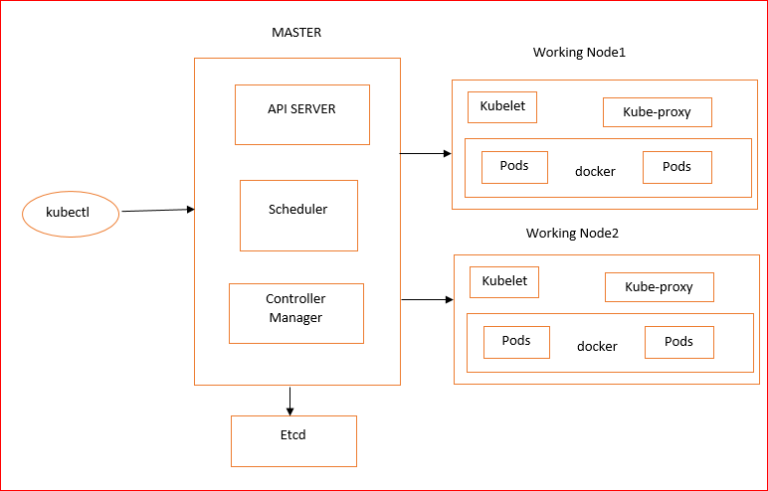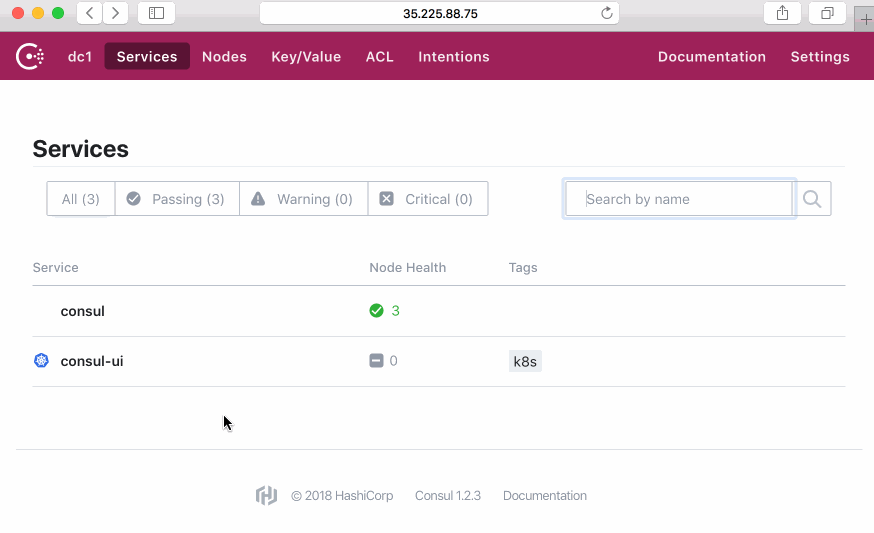
Prometheus Monitoring Setup on Kubernetes We have separate blogs for each component setup. In a nutshell, the following image depicts the high-level Prometheus kubernetes architecture that we are going to build.
#Kubernetes annotations list code
Use code DCUBEOFFER Today to get $40 discount on the certificatication. PCA focuses on showcasing skills related to observability, open-source monitoring, and alerting toolkit. Note: The Linux Foundation has announced Prometheus Certified Associate (PCA) certification exam. The Kubernetes Prometheus monitoring stack has the following components.
#Kubernetes annotations list install
If you would like to install Prometheus on a Linux VM, please see the Prometheus on Linux guide. Here is the high-level architecture of Prometheus. However, to avoid a single point of failure, there are options to integrate remote storage for Prometheus TSDB. By default, all the data gets stored locally. TSDB (time-series database): Prometheus uses TSDB for storing all the data efficiently.It exposes all Linux system-level metrics in Prometheus format. One example is, the Prometheus node exporter. There are many official and community Prometheus exporters. Prometheus Exporters: Exporters are libraries that convert existing metrics from third-party apps to Prometheus metrics format.Also, the PromQL query will be used by Prometheus UI and Grafana to visualize metrics. PromQL: Prometheus comes with PromQL, a very flexible query language that can be used to query the metrics in the Prometheus dashboard.

Prometheus uses this endpoint to pull the metrics in regular intervals. Metric Endpoint: The systems that you want to monitor using Prometheus should expose the metrics on an /metrics endpoint.One such example is collecting custom metrics from short-lived kubernetes jobs & Cronjobs There is an option to push metrics to Prometheus using Pushgateway for use cases where Prometheus cannot Scrape the metrics. Metric Collection: Prometheus uses the pull model to retrieve metrics over HTTP.However, there are a few key points I would like to list for your reference. If you want to know more about Prometheus, You can watch all the Prometheus-related videos from here. Also, In the observability space, it is gaining huge popularity as it helps with metrics and alerts.Įxplaining Prometheus is out of the scope of this article. It provides out-of-the-box monitoring capabilities for the Kubernetes container orchestration platform. Prometheus is a high-scalable open-source monitoring framework. This setup collects node, pods, and service metrics automatically using Prometheus service discovery configurations. The sample code for these notes is available in Github.This Prometheus kubernetes tutorial will guide you through setting up Prometheus on a Kubernetes cluster for monitoring the Kubernetes cluster. Some sample use cases for annotations are specifying contact info for the object maintainer or the Git commit hash of the object.Īnnotations are added to an object in the metadata.annotations section of the object descriptor and are visible in the Pod metadata when you run a describe like this kubectl describe pod annotation-pod. Unlike Selectors though, annotations can’t be used to select or group objects. Kubectl get pods -l app=my-service,environment=dev -show-labels.Īnnotations are similar to selectors in that they allow you to associate metadata with a Kubernetes object. For example kubectl get pods -l' environment in (dev,prod)' -show-labels will output Pods where label environment is dev or prod.Ĭhained selectors allow you to aggregate the results of multiple selectors using a comma separated list like this You can use a Set based selector to find Pods matching a group of values. For example kubectl get pods -l environment!=dev will output Pods where label environment is not dev.

You can also use negation to list Pods not matching a selector. Running kubectl get pods -l environment=dev will output Pods where label environment is dev. Selectors are used to identify and select a set of objects based on their labels.

apiVersion: v1Īfter creating the above Pods run kubectl get pods -show-labels to see the labels associated with each. Labels are added to an object in the metadata.labels section of the object descriptor as shown in the two Pod definitions below. They can be used to select and group subsets of objects in the cluster. Labels are key/value pairs that are used to add metadata to Kubernetes objects. Kubernetes – Labels, Selectors & Annotations Labels


 0 kommentar(er)
0 kommentar(er)
